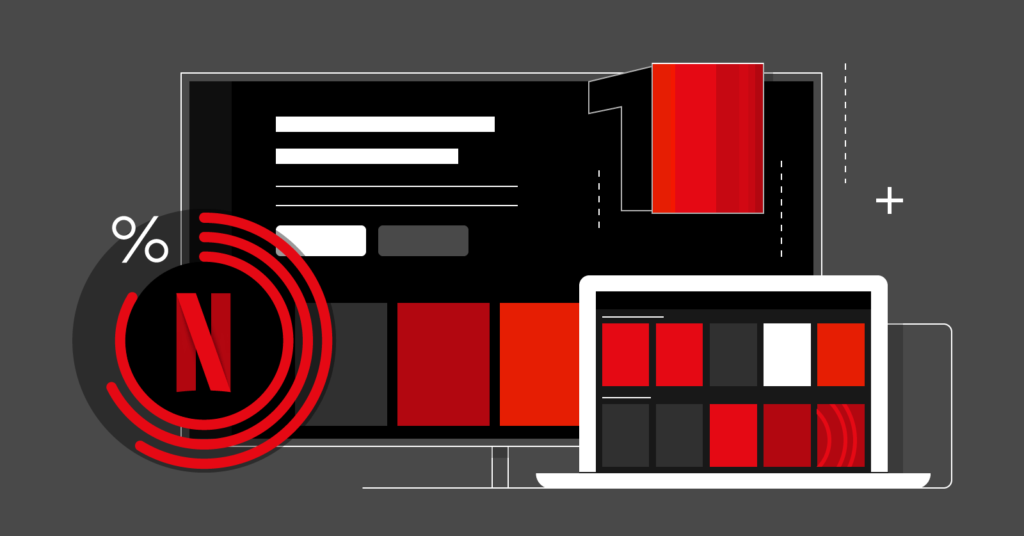
The streaming wars have been going on for years. What started as a rush to replace traditional television quickly exploded into a full-blown industry-wide battle. Tech giants, media conglomerates, and fresh startups all dove in with original content, exclusive shows, and competitive pricing. But today, as the dust begins to settle, it’s becoming clear that this isn’t a war with many winners. It’s a battle that’s narrowing down to two giants—YouTube and Netflix.
These two platforms couldn’t be more different in style, but they’re both playing to win. On one hand, you have Netflix, the original disruptor, the pioneer of binge-worthy television and polished streaming experiences. On the other, you have YouTube, a massive, sprawling hub of user-generated content that now attracts over two billion users a month. While others like Disney+, Prime Video, and Max continue to compete, YouTube and Netflix have clearly separated themselves from the rest.
As people around the world turn more to their screens for entertainment, news, and education, the question is no longer whether streaming will dominate. It already has. The real question is who will lead the future of streaming—and all signs are pointing to a final showdown between Netflix and YouTube.
Netflix: The Streaming Storyteller

Netflix built its empire on premium storytelling. From early original hits like House of Cards and Orange Is the New Black, to global sensations like Stranger Things, The Crown, and Squid Game, Netflix transformed the way people consume and experience entertainment. It redefined appointment viewing, turning it into on-demand obsession.
The platform is now synonymous with high-quality, big-budget productions, attracting world-class talent and millions of loyal subscribers across the globe. Netflix’s global footprint is massive, with programming in dozens of languages, tailored to different cultures, and often driving entire cultural conversations.
But Netflix is also facing challenges. Subscriber growth in saturated markets is slowing. Competition for attention is fiercer than ever. And with rising production costs and password-sharing crackdowns, the platform has had to introduce ad-supported plans and lean more heavily on data-driven decisions to stay ahead.
Despite this, Netflix’s identity as a destination for cinematic, immersive storytelling is still its greatest strength. It has built a brand that people trust when they want to sit back, unplug, and dive into something that feels like art.
YouTube: The Everything Platform

If Netflix is a carefully curated buffet, YouTube is an endless open market. It’s raw, immediate, chaotic, and incredibly powerful. What started as a home for cat videos and amateur vloggers has evolved into one of the most dominant content platforms in the world.
On YouTube, you’ll find everything from short-form comedy and DIY tutorials to in-depth news analysis, live gaming, educational content, and full-length documentaries. Its strength lies in its diversity. And perhaps more importantly, in its creators. YouTube has empowered millions of people to build careers, connect with audiences, and shape culture entirely outside traditional media pipelines.
It’s also where Gen Z lives. Unlike Netflix, which operates on traditional TV-style programming, YouTube is built for mobile-first, on-the-go consumption. Algorithms personalize content in real time, and the comment sections turn passive watching into shared community experiences.
Revenue-wise, YouTube is a machine. With its ad-supported model and monetization tools for creators, it drives billions in earnings while scaling content without the same production overhead as Netflix. And with the rise of YouTube Shorts, it’s competing directly with TikTok for attention spans—something Netflix hasn’t quite managed to do.
Two Different Worlds, One Competition
On the surface, Netflix and YouTube seem like apples and oranges. One creates prestige TV, the other thrives on bite-sized creator content. But underneath, they’re both fighting for the same thing: time. Viewer attention is the ultimate currency in the streaming era. And every minute spent watching a YouTube video is a minute not spent on Netflix, and vice versa.
That’s why the two platforms are increasingly finding themselves in direct competition. YouTube has expanded into longer-form content, original programming, and live sports coverage. Netflix, meanwhile, is experimenting with mobile games, interactive content, and real-time global events like live comedy specials.
The lines are blurring. Audiences aren’t sticking to just one type of content—they’re flowing between styles, formats, and devices. And that means these two streaming titans are now chasing the same hearts, minds, and minutes.
What About the Other Players?
It’s true that the broader streaming landscape is still crowded. Disney+ continues to shine with its family-friendly and franchise-heavy library. Amazon Prime Video, bolstered by its Prime ecosystem, maintains strong reach. Platforms like Hulu, Apple TV+, and HBO Max all have standout content. But what they lack is global ubiquity and cross-platform stickiness.
Netflix and YouTube have achieved something the others haven’t: they’ve become habits. People don’t just visit Netflix once in a while—they build entire routines around it. And YouTube isn’t just an entertainment platform—it’s also a search engine, a learning tool, and a social network.
The rest may carve out meaningful niches, but at global scale and across demographic lines, it’s increasingly a two-horse race.
How Netflix is Fighting to Stay Ahead
Netflix knows it can’t rest on its reputation. In recent years, it has started investing in areas outside traditional TV and film, including video games, live experiences, and even merchandise. The platform is also developing partnerships that let it tap into fandom and drive cultural moments—from themed restaurants to IRL experiences based on shows like Bridgerton and Stranger Things.
It’s also taking a harder stance on monetization. The rollout of an ad-supported tier and the crackdown on account sharing show a platform trying to maximize value per user without sacrificing the experience that made it successful in the first place.
At its core, Netflix still believes in the power of great stories told well—and its continued investment in global talent and diverse voices suggests that belief hasn’t changed. The challenge is getting users to choose a long-form drama over a five-minute YouTube video that might make them laugh, teach them something new, or spark a conversation.
How YouTube is Expanding Its Lead
For YouTube, the opportunity lies in its sheer scale and adaptability. It’s the only platform that thrives on both short and long content, both casual and serious, both creator-driven and polished studio productions.
By continuing to invest in Shorts, YouTube is competing with TikTok. By expanding into YouTube TV and live sports rights, it’s moving into territory once owned by traditional broadcasters. And by deepening creator monetization, it’s ensuring that its talent pool stays loyal and engaged.
YouTube’s biggest strength may be its ecosystem. Viewers, creators, advertisers, and even educators are all part of a constantly moving, evolving cycle. And with Google’s AI and data infrastructure behind it, YouTube is uniquely positioned to adapt fast to changing trends.
Who Will Win the Streaming Wars?
It may not come down to one winner. Netflix and YouTube serve different emotional and entertainment needs, and most people will continue to use both. But in terms of global influence, audience engagement, and future growth, these two platforms are far ahead of the pack.
The real battle will be over time. Which platform will become the one people turn to first? Which one will capture the next generation? Which one will define what entertainment even means?
The streaming wars are not over—but the playing field has cleared. And it’s now a battle between two giants: the platform built on Hollywood storytelling, and the one built by its own users. Only time will tell who truly wins.
Read more : Meet the 9 Online Learning Leaders Shaping 2025’s Future












Leave a comment